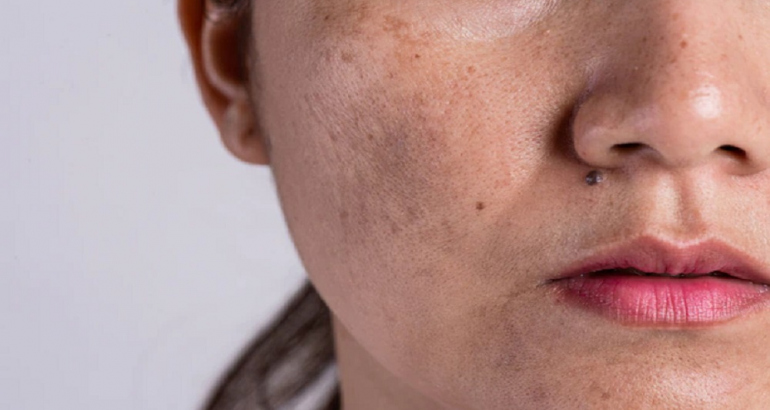Vitiligo (Leukoderma) is a disorder in which the skin loses its color. It’s not contagious, and it’s not life-threatening. Vitiligo can appear everywhere on the body that has pigment, such as the hair, inside the lips, or the eyes, in addition to the skin.
What Causes Vitiligo and How Can It Be Prevented?
Although the specific aetiology is unknown, genetic factors are suspected to be involved. When pigment-producing cells called melanocytes die, leukoderma develops. The following are some of the possible reasons of the condition:
- The body’s own immune system attacks melanocytes in an autoimmune condition.
- An issue with the neurological system of the body that causes these cells to perish
Vitiligo Signs and Symptoms
Other than a loss of pigment in the skin, the illness normally has no symptoms. Not only are the affected portions of skin paler in tone, but they are also depigmented (without pigment) or chalk-white. Any portion of the body might be affected, although the following are common sites:
- Arms and hands
- Areas surrounding orifices in the body (mouth, eyes, nose, anus)
- Legs and feet
- Vitiligo is a skin condition that affects people of all ages.
The main goals of Leukoderma treatment are to restore pigment in afflicted regions and to reduce the contrast between normal and affected skin by using sunscreen and avoiding the sun.
Treatments
- Topical (skin-based) steroids are a type of steroid that is applied to the skin.
- Treatment with ultraviolet radiation or a laser
- Grafting of skin
- Dermablend, for example, can be used to mask damaged regions.



